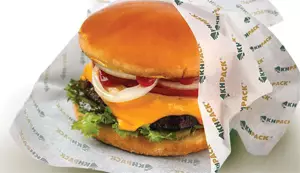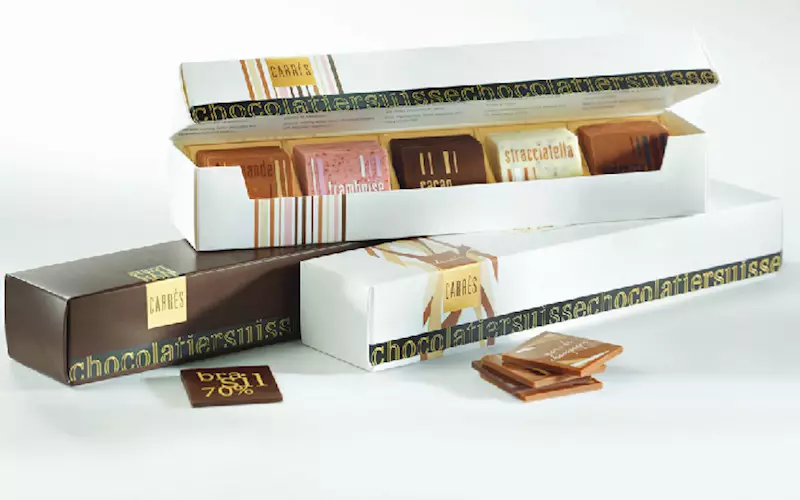Make paper great again
Sunil Bhatia of Java Paper Group looks at the typical packaging applications where paper and paperboard can replace plastics enabling better environmental credentials for user companies
05 Sep 2018 | By PrintWeek India
The world has a plastic pollution problem and it’s snowballing—but so is public awareness and action.
Plastic bags take years and years to decompose and during its life cycle, the plastic waste clogs up drains, floats into the oceans and since it doesn’t degrade its tiny pieces get swept into waste. Each year, an estimated 8.16 billion pounds of plastic waste enters the world’s ocean. All this plastic is hurting the marine animals. While on the land, cows’ eating up bags in the garbage bins is leading to their tragic deaths. More than 40 per cent of all plastic produced is used only once and then discarded.
Our Prime Minister Narendra Modi has announced that India will eliminate all single-use plastic in the country by 2022. Traditionally, items such as soap bars, bread, and biscuits among others were packed in paper-based packaging until plastics emerged as an alternative in the 19th century. Today, plastics are overused and abused whereas paper, a conventional solution, has been continuously reinvented and the competition from plastic has only led to further improvements in the quality of paper solutions available world over. This has helped narrow the gap between what paper and plastics have to offer.
Today paper offers grease resistance, wet strength and barrier to a certain extent among a host of value-added properties.
Most paperboard cartons in the market are laminated to add a matt or glossy feel to the box to further enhance the appeal. Using right kind of paperboard for the box can eliminate the need to laminate. Also, there are paper-based alternatives to filmic labels for bottles.
Plastic bags are one of the biggest targets of the recently announced plastic ban. Paper alternatives to plastic bags, for all budgets, strength values and look and appeal are easily available.
As you can see, plenty of paper-based alternatives are available, what is needed is the will to change. It is now the responsibility of brand owners to switch to sustainable options that might cost a bit more than existing plastic-based packaging, however, it's an inexpensive proposition to beat plastic pollution.
In 2010 when the government announced a ban on plastics in the guthka and pan masala packaging segment, the brand owners were able to quickly switch to paper-based alternatives. This is just an example that the alternate packaging solutions are available, maybe at a higher cost, which is eventually paid by the consumers and this increase in cost towards packaging is a small cost to be paid towards protection of the environment.
I believe brands should not wait for legislation and instead take up sustainable alternatives for their packaging requirements as a self-guided project to make this planet a better place to live.
Typical packaging applications where paper and paperboard can replace plastics
Cartons without lamination
Cartons are usually laminated with plastic to add tactile sensation and higher gloss appeal to paperboard. This practice became a norm due to unavailability of good quality paperboard in the market. Today, we have high-quality paperboards, with superior inks and printing technology, which produce superior printing results in line with the brand owners expectations. Moreover, in order to add scuff resistance and gloss, there are varnishes which can be used instead of lamination.

Shopper bags
Plastic carry bags can be easily replaced by paper bags (bleached and unbleached paper with virgin and recycled pulp options). In Maharashtra, post ban on plastic, some food vendors have switched to low-quality kraft paper bags which have a strong smell due to chemicals in them making them unsafe for food contact. In such applications, high-quality kraft paper grades which are practically odourless would be an ideal option.

Soap wrappers
Soaps are wrapped with reverse-printed PET laminated to paper. Alternatively, only paper can be used to make a biodegradable pack.

Bread wrappers
Paper is already being used to wrap bread, though the volumes are limited, a majority is still plastics. Value-added options in the paper make a sustainable alternative.

Confectionery wrapping
Paper grades for twist-wrapping applications can be used for candies and confectionery products to provide a sustainable alternative to plastic film wrapping.
 \
\

Sunil Bhatia is sales director - speciality papers at Java Paper Group, which is a speciality supplier of high-quality paper and paperboard with a focus on innovation and sustainability. He can be reached at sunil.bhatia@javapaper.com











 See All
See All